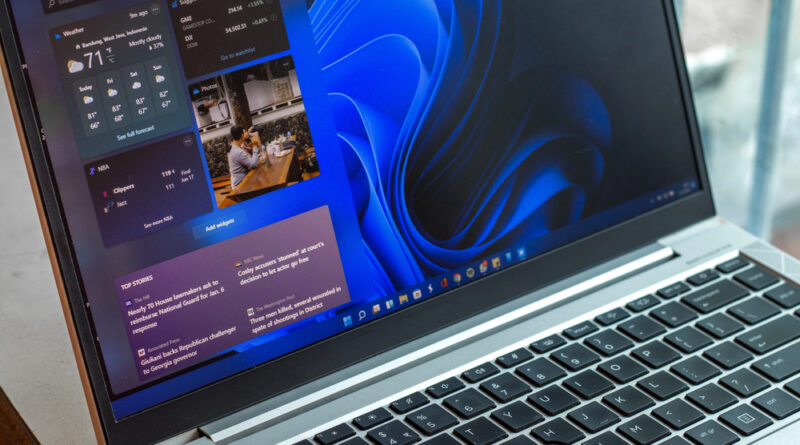Inside Microsoft’s Global Sting on Lumma Stealer — and What It Means for Your Data
When Microsoft’s Digital Crimes Unit (DCU) pressed “enter” on a sealed court filing in mid-May, it triggered one of the year’s biggest malware takedowns. Within hours, more than 1,300 domains linked to the Lumma infostealer were yanked offline, servers were rerouted into Microsoft-controlled sinkholes, and a sprawl of cyber-crime forums suddenly went dark. Lumma, a Malware-as-a-Service kit blamed for siphoning credentials from nearly 400,000 Windows PCs in just 60 days, was abruptly check-mated.
Why Lumma Became Cybercrime’s “Swiss Army Knife”
First advertised on hacker markets in 2022, Lumma drew criminals because it was cheap, modular, and brutally efficient. Once installed—typically via phishing emails or fake CAPTCHA pages—it vacuumed up browser cookies, password vaults, crypto wallets, and banking log-ins. Operators could even rent plug-ins to deploy ransomware or proxy bots after the initial breach. Security analysts say Lumma cropped up in tens of thousands of dark-web listings last year, cementing its status as a go-to payload.
Anatomy of a Takedown
-
Legal beachhead: A U.S. federal court order let Microsoft seize domains critical to Lumma’s command-and-control traffic.
-
International muscle: Japan’s cybercrime unit dismantled local nodes, while Europol coordinated domain seizures across Europe.
-
Industry partners: Cloudflare, Lumen, and Bitsight helped map malicious traffic flows, allowing thousands of rogue domains to be sinkholed so stolen data can no longer reach criminals.
The Scale of the Cleanup
Between 16 March and 16 May alone, Microsoft logged infections on 394,000 Windows devices spanning five continents. Analysts believe the true victim count, including earlier hits on Mac machines, is far higher.
What Happens to Stolen Data Now?
Shutting down infrastructure stops new exfiltration but doesn’t erase what Lumma already siphoned. Investigators are combing captured servers to identify victims and trace crypto cash-outs, while U.S. agencies urge businesses to audit logs for Lumma signatures and reset compromised credentials.
How to Stay Off the Next Hit List
-
Beware fake CAPTCHAs: Real tests never ask you to run PowerShell commands. Close the tab if prompted.
-
Enable multi-factor authentication: An extra code or biometric check blocks most account-takeover attempts.
-
Patch quickly, everywhere: Lumma spread fastest on unpatched browsers and operating systems—turn on auto-updates.
-
Use a password manager: Unique, random passwords neuter cookie-replay tricks used by info-stealers.
-
Monitor financial and crypto accounts: Activate low-balance alerts and transaction notifications.
-
Consider a data-removal service: Continuous scans can flag when your personal info surfaces on dark-web dumps.
A Win—But Not the Endgame
Security researchers hail Lumma’s demise as a major dent in the infostealer economy, yet caution that new variants can sprout within weeks. Microsoft’s DCU says it will keep pursuing court-ordered disruptions—a tactic honed against botnets like TrickBot and ZLoader.
For everyday users, the message is clear: today’s takedown buys time, not immunity. In an era when one phishing click can bankroll a criminal enterprise, layered, vigilant security remains the best defense—backed by swift, coordinated strikes like the one that just knocked Lumma off the board.
Photo Credit: DepositPhotos.com

